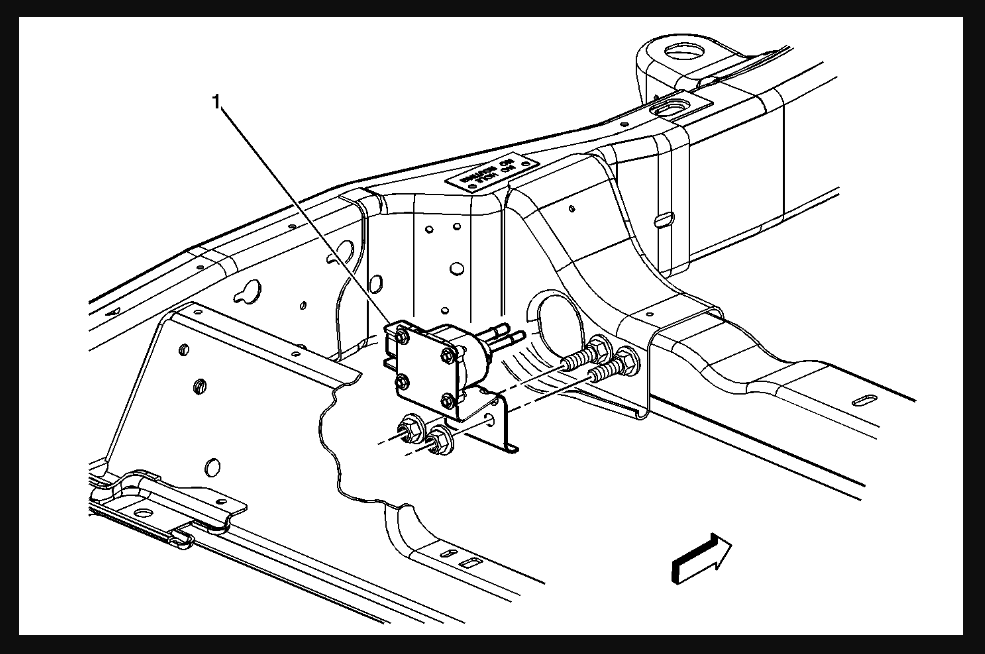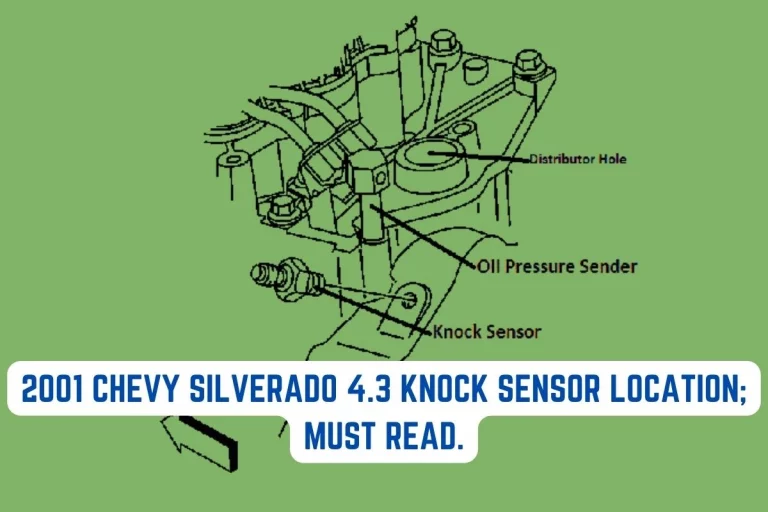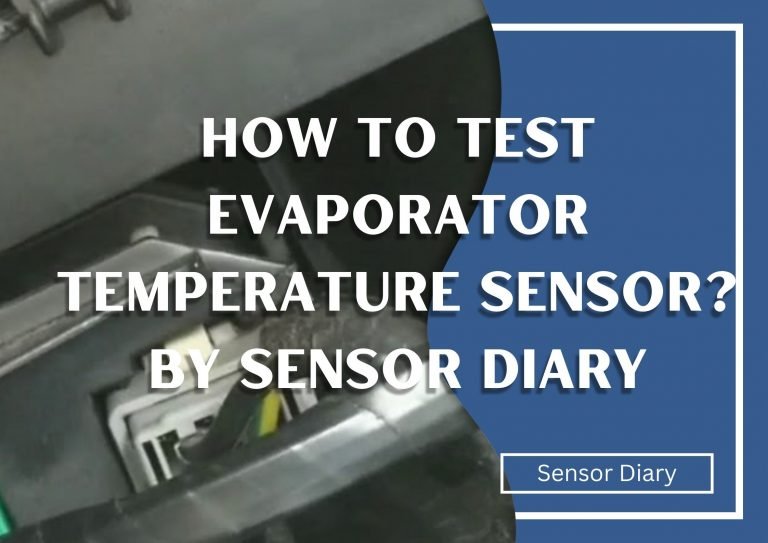What Would Happen If I Unplug My Fuel Composition Sensor?
What does the fuel composition sensor do? The fuel composition sensor is a device used to measure the composition of fuel in an engine. It helps to ensure that the fuel is within the optimal range for combustion, which improves engine performance and efficiency.
The sensor also helps to protect the engine from damage caused by incorrect fuel mixtures. It works by measuring the electrical resistance of the fuel mixture and comparing it to a predetermined range. If the fuel composition is outside of this range, the sensor will alert the engine control unit so that it can adjust either the fuel or air ratio accordingly.
So what will happen if you unplug the fuel composition sensor? That is what we’re discussing in this article. So stick around until the end to find out what you’ve been looking for.
Table of Contents
- What would happen if I unplugged my fuel composition sensor?
- Can you run with an unplugged fuel composition sensor?
- When to replace the fuel composition sensor?
- How to reset the fuel composition sensor?
- Some related FAQs.
What would happen if I unplugged my fuel composition sensor?
If you unplug your fuel composition sensor, it can cause your vehicle to run at an inefficient rate due to the incorrect air-fuel ratio being fed to the engine. This can cause your vehicle to experience reduced performance, increased fuel consumption, engine hesitation, and even damage to your engine over time.
In addition, the engine’s emissions can also increase, leading to higher amounts of harmful pollutants being released into the environment. In some cases, the vehicle’s diagnostic computer may also be triggered, producing an error code.
In order to ensure your vehicle is running safely and efficiently, you should always have your fuel composition sensor plugged in and functioning correctly.
What happens when the fuel composition sensor is bad?
If the fuel composition sensor is bad, it can cause a number of issues with the vehicle’s performance. The engine may run rough, the fuel economy may decrease, and the vehicle may experience stalling or hard starts.
The Check Engine Light may also be illuminated. The fuel composition sensor is responsible for providing information about the fuel mixture to the engine’s computer, which then adjusts the fuel/air ratio to achieve optimum engine performance.
Without the proper data, the engine won’t run as efficiently, resulting in decreased performance and fuel economy. In some cases, a faulty fuel composition sensor can cause the engine to run too rich, leading to excessive fuel consumption and an increase in emissions.
Can you run with an unplugged fuel composition sensor?
No, you cannot run a vehicle with an unplugged fuel composition sensor. The fuel composition sensor is an important part of the vehicle’s fuel system, and it helps to control the air-fuel ratio. Without the fuel composition sensor, the air-fuel ratio would be incorrect, and the vehicle would not run properly.
The fuel composition sensor ensures that the engine is running efficiently and safely, and it is necessary for the engine to function properly. If the fuel composition sensor is unplugged, the vehicle will not be able to run safely, and it will not run at all.
The Right Rear Height Sensor Circuit Out Of Range; How To Fix?
Sensor diary
When to replace the fuel composition sensor?
The fuel composition sensor should be replaced if it has become damaged or is not working properly. Symptoms of a faulty fuel composition sensor include a rough engine idle, misfires, and reduced fuel efficiency. If you suspect that your fuel composition sensor is not working properly, have it inspected and replaced if necessary.
In addition, the fuel composition sensor should be replaced if the composition of the fuel has changed, such as when switching from gasoline to ethanol. A faulty fuel composition sensor can cause the engine to run too lean or too rich, leading to poor engine performance.
The fuel composition sensor should also be replaced at regular intervals, such as every 30,000 miles or as recommended by the manufacturer. This will help ensure that the engine is running at peak efficiency and that the fuel is being burned efficiently. In addition, replacing the fuel composition sensor will help to extend the life of the engine and other components, such as the catalytic converter and oxygen sensor.
Where is the fuel composition sensor located?
The fuel composition sensor is typically located near the fuel tank, in line with the fuel line.

How much is a fuel composition sensor?
The cost of a fuel composition sensor can vary depending on the make and model. Generally, a fuel composition sensor will cost between $60 and $200.
How to reset the fuel composition sensor?
1. Check for any signs of damage or corrosion on the fuel composition sensor and replace it if necessary.
2. Disconnect the battery and wait for 10 minutes. This will reset the fuel composition sensor.
3. Reconnect the battery and start the vehicle
4. Check for any codes or warnings that may indicate a faulty fuel composition sensor.
5. If necessary, have the sensor replaced and reset the system again.
Some related FAQs.
What should fuel alcohol content be?
Engine knocking is prevented, and drivability is ensured by minimum octane number requirements for gasoline. To achieve the required 87 octanes, 10% ethanol is blended with a lower-octane gasoline. Depending on the volume percentage of ethanol in the blend, ethanol has a variable amount less energy per gallon than gasoline.
What happens if ethanol content is too high?
Because of the oxygen in the blend, fuel with high levels of ethanol will start to degrade. Because it can absorb moisture from the air, ethanol is hygroscopic, which causes the fuel mixture to separate.
Will 10% ethanol hurt my engine?
No. The use of ethanol blends like E10 by drivers also helps to cut back on harmful emissions. More than 90% of cars made after 2000 are compatible with E10, and all gasoline vehicles in Europe can run on up to 5% ethanol.





